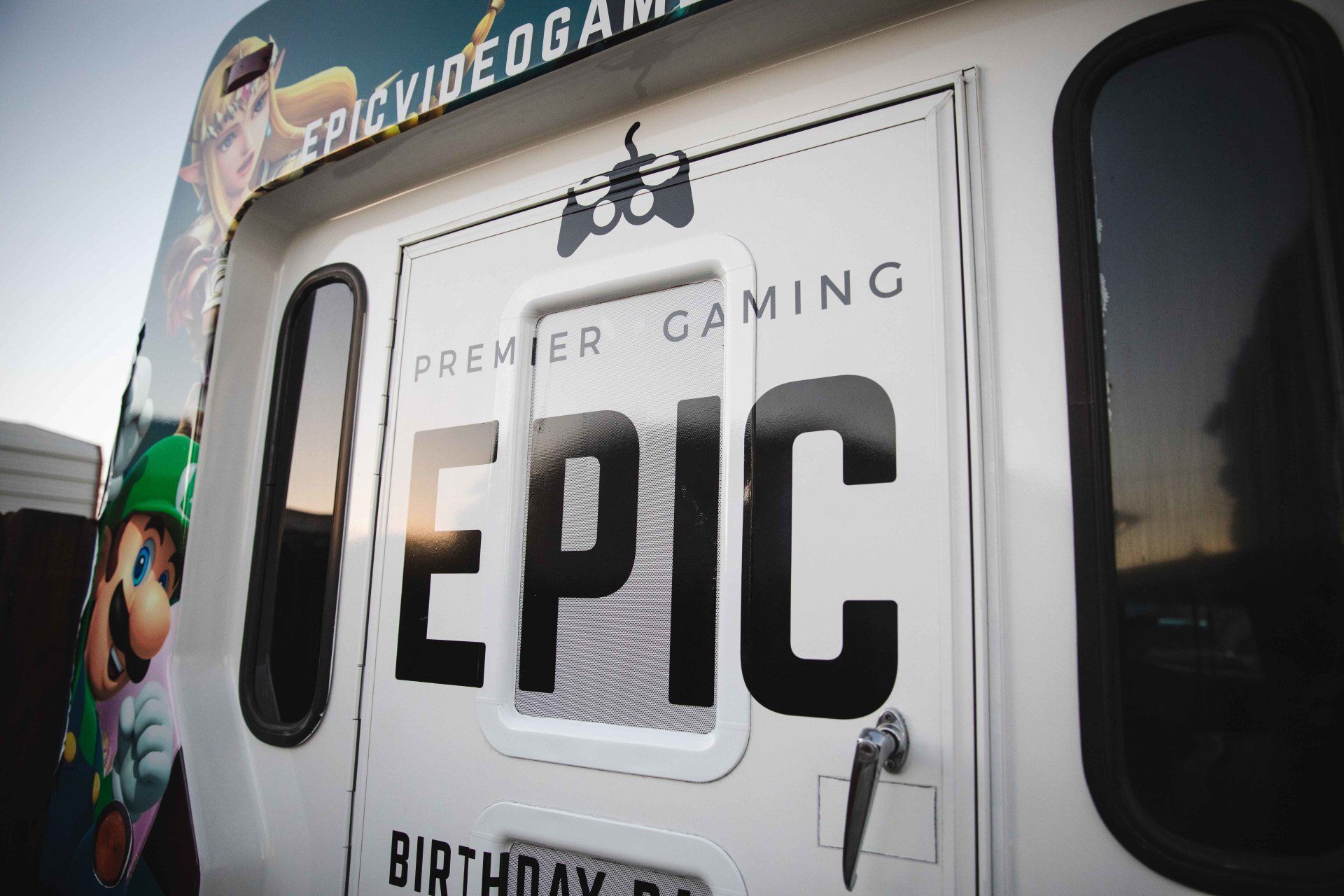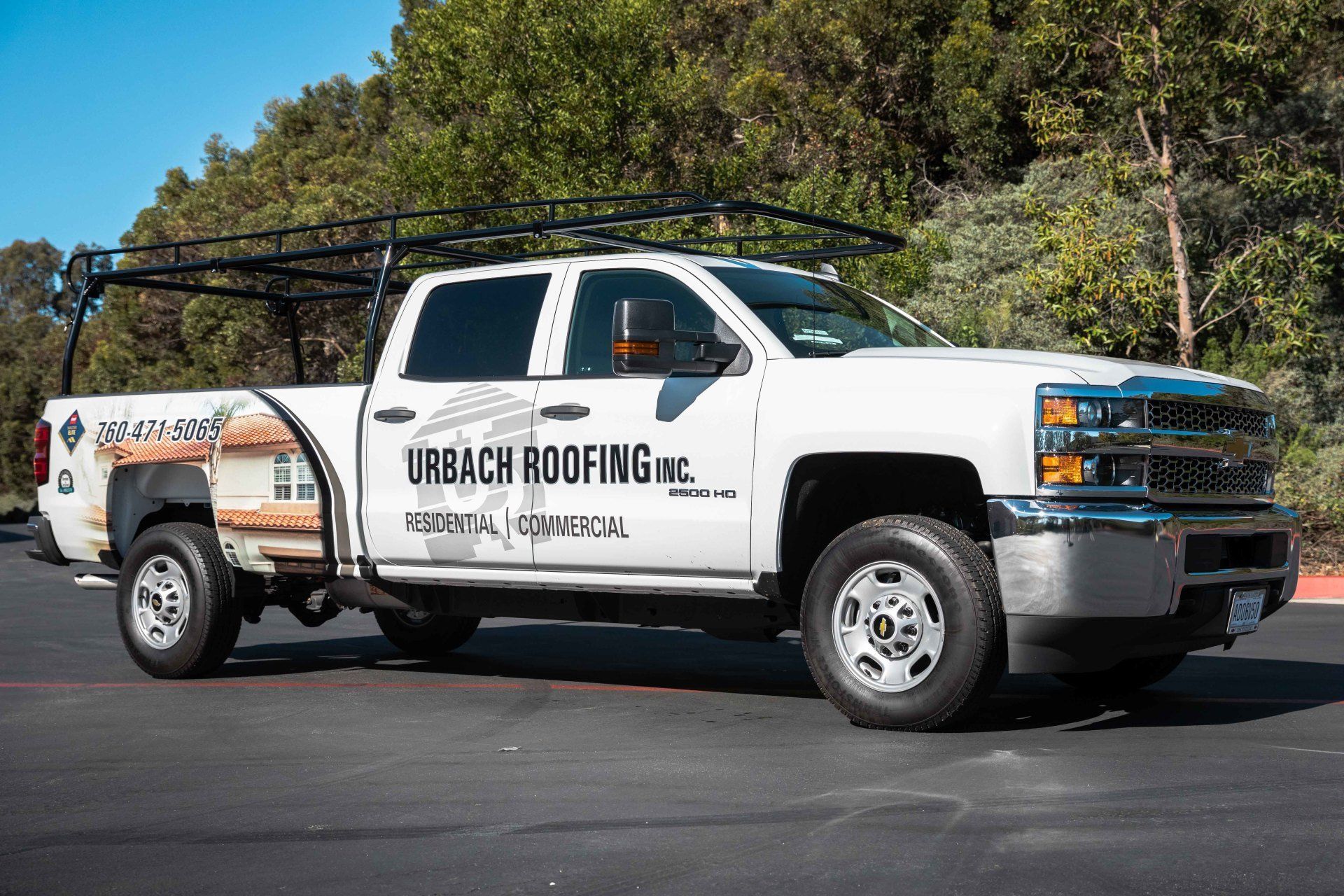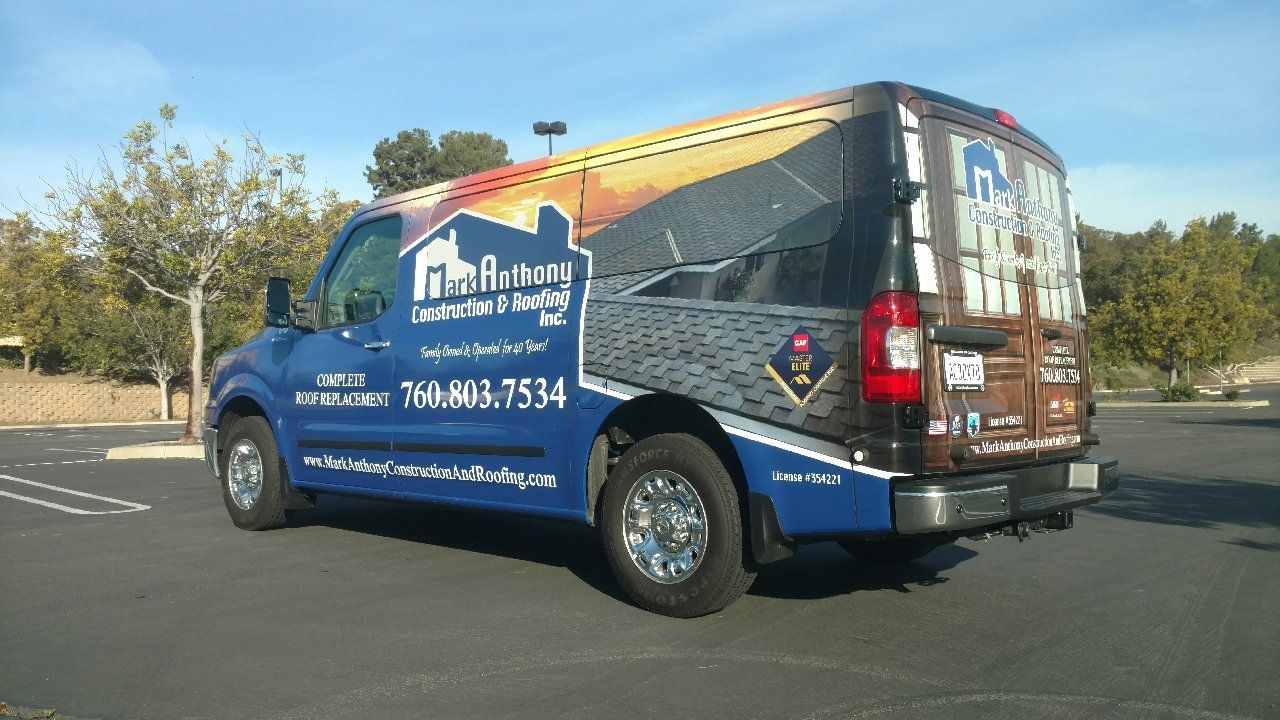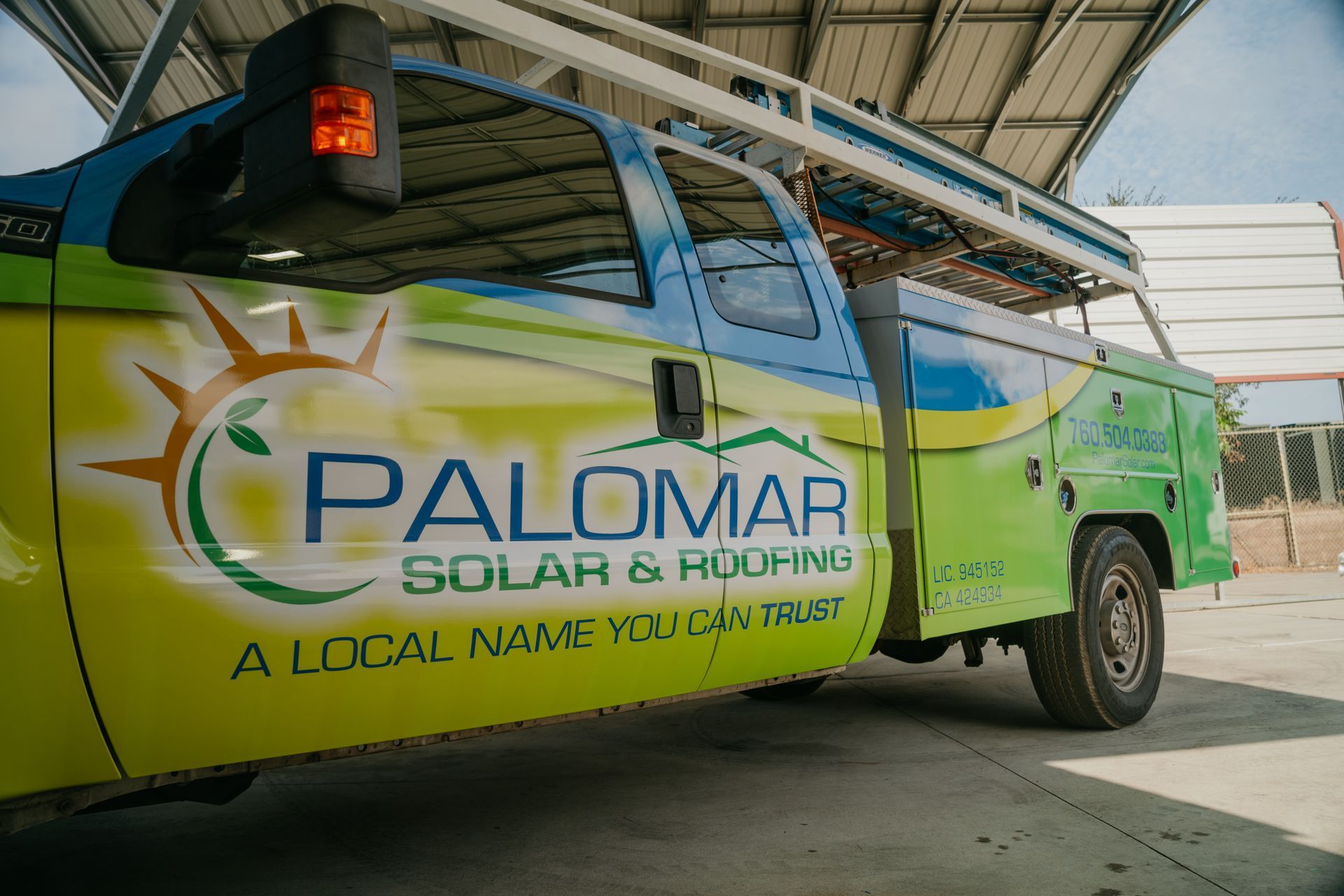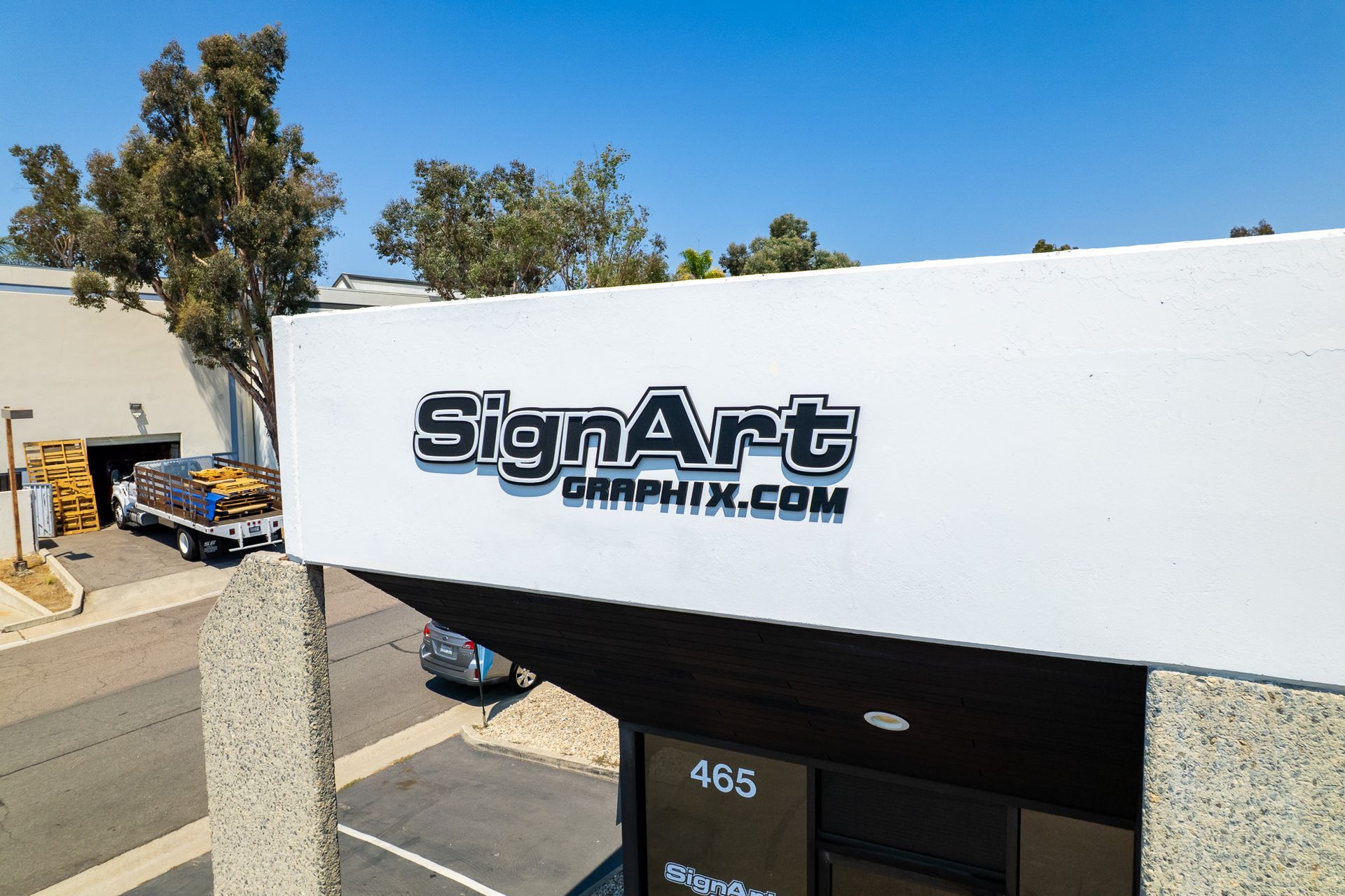Car Wraps vs. Custom Paint Jobs: Which Is Better for Business Branding?
When it comes to turning your company vehicle into a mobile advertisement, two options often come to mind: a custom paint job or a vinyl car wrap. Both can help brand your business and grab attention on the road, but they differ in terms of cost, durability, flexibility, and overall marketing impact. If you’re looking to enhance your vehicle for business use, understanding the pros and cons of each option will help you make the best choice.
1. Visual Impact and Design Flexibility
Car Wraps:
Wraps offer a high level of design flexibility. Intricate graphics, bold colors, gradients, and photo-quality images can all be achieved with digital printing. If your business needs a wrap that includes your logo, contact information, and promotional graphics, wraps allow you to display that detail clearly and creatively.
Custom Paint Jobs:
While a good paint job can look sleek and professional, it is more limited in terms of complexity. Reproducing detailed graphics or text is more difficult and costly. Paint is better suited to solid colors or simple designs, making it less ideal for modern, eye-catching branding efforts.
Verdict: Wraps provide greater creative freedom and versatility for marketing-focused designs.
2. Cost and Budget Considerations
Car Wraps:
Wraps are generally more affordable than custom paint jobs, especially considering the ease with which they can be changed or updated. The cost will vary based on the size of the vehicle and the complexity of the design, but wraps are typically a more budget-friendly option for small businesses.
Custom Paint Jobs:
A high-quality, multi-color paint job can be significantly more expensive than a wrap. If changes are needed later, repainting the entire vehicle becomes costly and time-consuming.
Verdict: Wraps are more cost-effective, especially for businesses with evolving branding needs or multiple vehicles.
3. Durability and Maintenance
Car Wraps:
Wraps are durable and can last between 5 and 7 years when properly maintained. They also protect the original paint from UV rays, minor scratches, and road debris. Cleaning is simple—just regular hand washing with non-abrasive soap.
Custom Paint Jobs:
Quality paint jobs can also be durable, but they are more susceptible to fading and chipping over time, particularly when exposed to sunlight and weather. Paint requires ongoing care and may need polishing or touch-ups to maintain its fresh appearance.
Verdict: Wraps offer strong durability with less maintenance and also help preserve the vehicle’s original paint.
4. Time and Installation
Car Wraps:
Wrapping a vehicle takes significantly less time than painting. Most wraps can be installed within a few days, meaning your vehicle is off the road for a shorter period and back on the road advertising your business sooner.
Custom Paint Jobs:
Painting requires more preparation, drying time, and often multiple layers or coats. It could take a week or more before your vehicle is ready for use.
Verdict: Wraps offer faster turnaround times, reducing downtime for business operations.
5. Reversibility and Resale Value
Car Wraps:
Wraps are completely removable without damaging the underlying paint (assuming proper installation). This is a significant advantage if you want to change your branding or sell the vehicle in the future. The original paint remains intact, helping retain resale value.
Custom Paint Jobs:
A custom-painted vehicle is permanent. If the color or design is particularly associated with your brand, it may make resale more challenging. Returning to a neutral look often requires repainting the entire space.
Verdict: Wraps offer better long-term flexibility and help protect your investment.
6. Professional Appearance and Brand Recognition
Car Wraps:
With high-resolution images, bold colors, and consistent branding, a wrap can immediately identify your business and create a strong visual impression. It enhances professionalism and builds brand recognition wherever the vehicle goes.
Custom Paint Jobs:
Painted vehicles can also look polished, but without the detail and branding versatility of a wrap, they may not be as effective for advertising purposes.
Verdict: Wraps are more impactful for businesses aiming to stand out and promote their services on the road.
Conclusion
While custom paint jobs have their place in automotive aesthetics, car wraps are the clear winner when it comes to business branding. They are cost-effective, visually dynamic, easy to update, and offer unmatched marketing potential. Whether you have a single company car or an entire fleet, investing in high-quality vehicle wraps is a smart way to put your brand in motion.
If you’re ready to transform your vehicle into a rolling advertisement, contact us to start designing a wrap that fits your business, your budget, and your brand.
